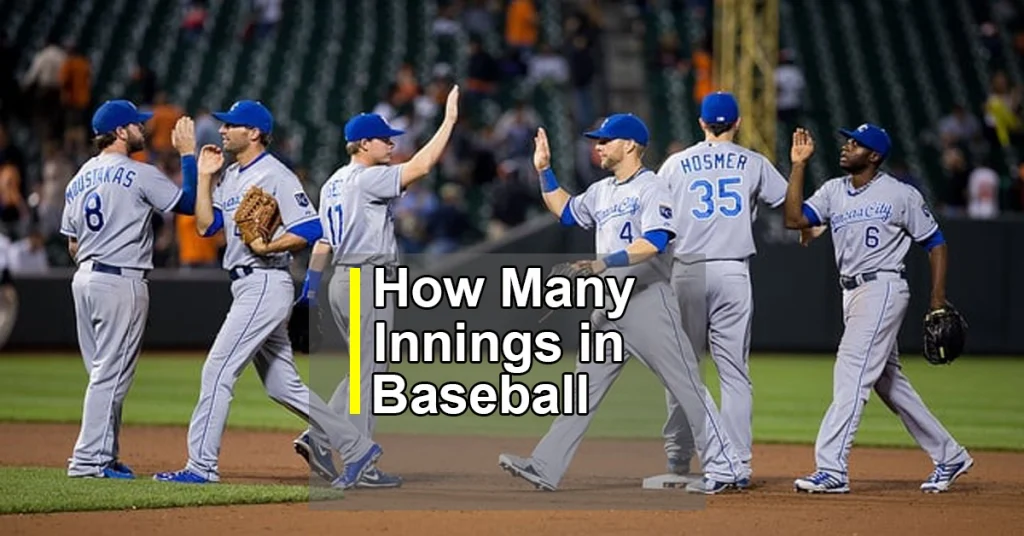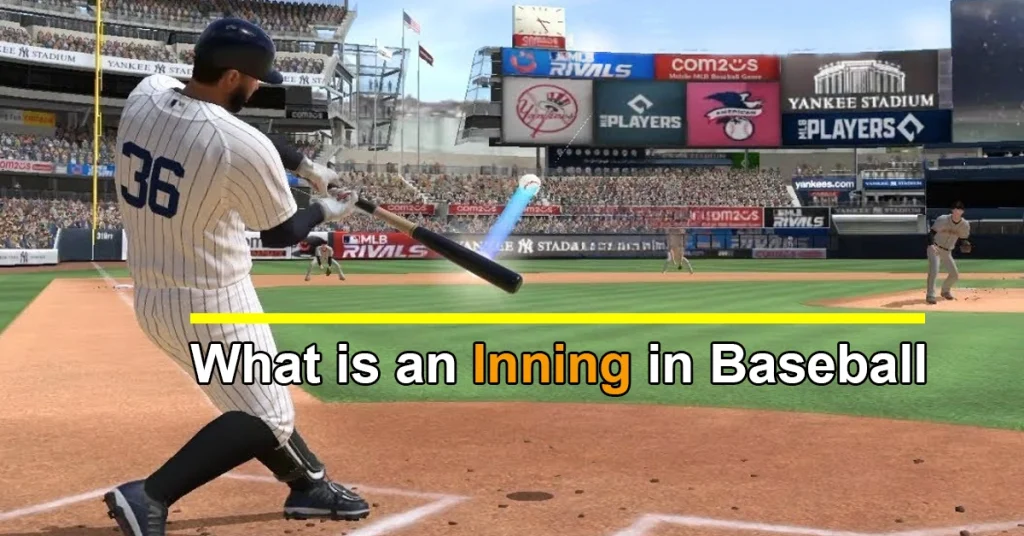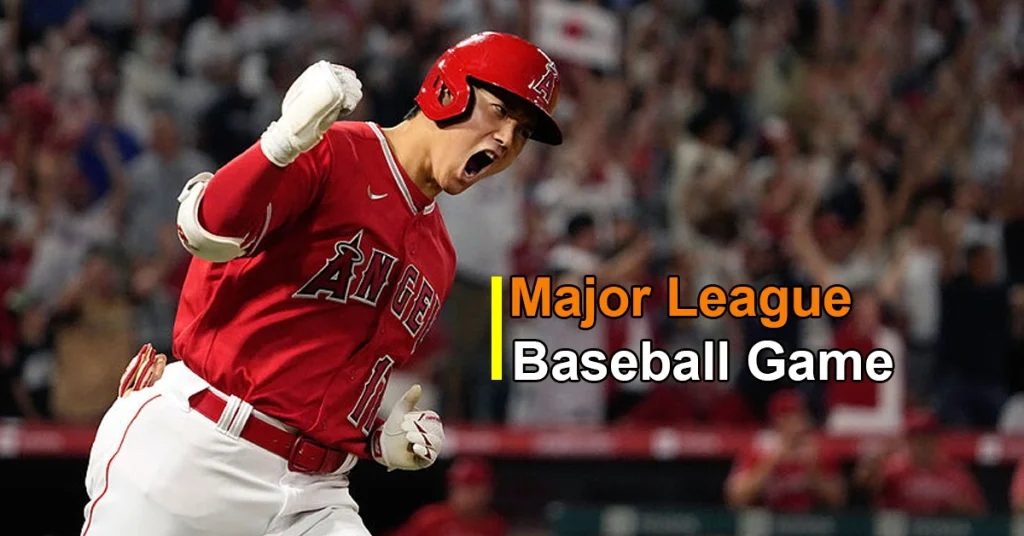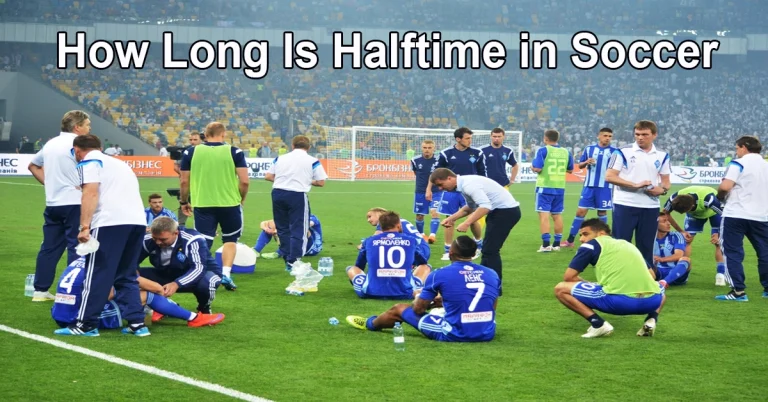How Many Innings in Baseball: A Comprehensive Guide to the Game’s Structure
How many innings in baseball? Whether you’re new to America’s favourite pastime or need a quick refresher, understanding baseball’s game structure is essential for enjoying the sport. A standard baseball game consists of nine innings, but there’s more to it than just that simple number.

Moreover, many fans and newcomers search for this information because baseball’s timing system is unique compared to other sports that use a clock or specific periods. From Little League games to the Major Leagues, the number of innings can actually vary depending on several factors, including the level of play and specific game situations. For anyone planning to watch or attend their first baseball game, knowing about innings helps you follow the action and understand just how long you’ll be enjoying the ballpark experience.
Introduction to How Many Innings in Baseball
Baseball’s unique timing system dates back to the sport’s earliest days in the 1800s. Unlike many other sports that rely on a clock, baseball measures its game length in innings – a tradition that has remained unchanged for over 150 years. This timeless approach to game structure is one of the many reasons baseball is known as America’s pastime.
The Standard Nine-Inning Structure
In professional baseball, a standard game consists of nine innings. Each inning is divided into two parts:
• The top half – when the visiting team bats
• The bottom half – when the home team bats
This nine-inning format creates baseball’s special rhythm, where teams take turns batting and fielding. Furthermore, this structure ensures that:
• Both teams get an equal number of batting opportunities
• The home team always has the last chance to win
• Players and fans can experience the building tension as the game progresses through each inning
Additionally, while nine innings is the standard, a game’s actual length can vary significantly since there’s no time limit. This unique aspect of baseball means every game tells its own story, unfolding at its own natural pace.
What Is an Inning in Baseball?
An inning is baseball’s basic unit of play, similar to a quarter in basketball or a period in hockey. However, unlike other sports, innings aren’t limited by time but rather by action on the field.

Structure of an Inning
Each inning is split into two halves:
Top Half:
• The visiting team bats first
• The home team plays defence on the field
• Three outs end the top half
Bottom Half:
• The home team takes their turn at bat
• The visiting team plays defense
• Additionally, three outs complete the full inning
How Innings Flow in Baseball
The rhythm of innings creates baseball’s unique pace. Each half-inning follows this pattern:
• Three batters must be “put out” to end the half-inning
• Teams switch between offense and defense
• Furthermore, this back-and-forth continues until all nine innings are complete
Strategic Elements
Innings contribute to the game’s strategy in several ways:
• Managers plan their pitching changes around innings
• Teams may adjust their batting approach as innings progress
• Moreover, the home team gets the advantage of batting last in each inning
This structure makes every inning important, building excitement as the game moves forward. Additionally, the unlimited time within each inning means teams can score multiple runs, creating opportunities for dramatic comebacks and memorable moments.
How Many Innings Are in a Major League Baseball Game?
A Major League Baseball (MLB) game consists of nine regulation innings. However, unlike other sports, baseball only ends once there’s a clear winner, which means games can go beyond nine innings when needed.

Regulation Nine Innings
The standard MLB game structure includes:
• Nine complete innings
• Each team gets 27 outs (three outs per inning × nine innings)
• Games typically last about three hours
• Furthermore, each team must complete their batting turns
When Games End Early
Sometimes games can be shorter than nine innings due to:
• Rain or severe weather
• A home team winning after 8½ innings
• Additionally, games were called due to extreme circumstances
Extra Innings
If the score is tied after nine innings:
• The game continues into extra innings
• Both teams keep playing until one team leads after a complete inning
• Moreover, there’s no limit to how many extra innings can be played
Recent Rule Changes
MLB has introduced new rules to speed up extra innings:
- Starting in 2020, each extra inning begins with a runner on second base
- This rule aims to:
- Prevent extremely long games
- Protect pitching staff
- Furthermore, create more exciting finishes
Extra Innings: What Happens When the Game Is Tied?
When a baseball game is tied after nine innings, the game continues with extra innings until there’s a winner. This unique aspect of baseball ensures that every game has a clear outcome.
How Extra Innings Work
The basic structure remains the same:
• Teams continue to alternate batting and fielding
• Each team gets an equal chance to score
• Moreover, the game continues until one team leads after a complete inning
The Automatic Runner Rule
Starting in 2020, MLB introduced a new extra-innings rule:
• Each extra inning begins with a runner on second base
• This runner is the player who made the last out in the previous inning
• Furthermore, this rule aims to speed up games and add excitement
Example Scenarios
Scenario 1: Quick Resolution
• Top of 10th: Visiting team fails to score their automatic runner
• Bottom of 10th: Home team bunts runner to third
• Single drives in winning run
• The game ends immediately when the home team takes the lead
Scenario 2: Extended Play
• Both teams score their automatic runners
• The game continues to the next inning
• Additionally, new runners are placed on second base each inning
• The process repeats until there’s a winner
Strategic Changes
Extra innings create unique strategic situations:
• Managers must decide whether to bunt the automatic runner
• Pitching changes become more critical
• Moreover, home teams often play for one run instead of big innings
This format keeps fans on the edge of their seats and makes every play crucial in determining the game’s outcome.
Variations Across Different Leagues and Levels
Baseball’s inning structure varies depending on the level of play, with each league adapting the rules to suit their players’ age and skill levels.
Youth and Little League Baseball
Little League games are shorter, typically lasting six innings, because:
• Young players have less stamina
• Games need to fit within reasonable time frames
• Additionally, this helps prevent pitcher arm strain
Special Rules:
• Games can end early due to mercy rules
• Weather-shortened games may be complete after four innings
• Moreover, time limits often apply
High School Baseball
Most high school games follow a seven-inning format:
• Allows games to fit within school schedules
• Helps manage pitcher workload
• Furthermore, doubleheaders can be completed in one day
College Baseball
College baseball shows more flexibility:
• Regular games last nine innings
• Doubleheader games are often shortened to seven innings
• Additionally, some tournaments use mercy rules
Conference Variations:
• Different conferences may have specific rules
• Some allow seven-inning games during midweek matchups
• Weather policies vary by region
Minor and Independent Leagues
Professional minor leagues follow unique structures:
• Triple-A and Double-A play nine innings
• Doubleheaders typically feature seven-inning games
• Moreover, many leagues use pitch clocks and other pace-of-play rules
• Some independent leagues experiment with different formats to speed up games
Shortened Games Due to Weather or Mercy Rule
Baseball games sometimes go a partially planned distance. Several factors can lead to early endings while still counting as official games.
Weather-Related Shortened Games
When bad weather strikes, games can be shortened if:
• At least five innings have been completed
• The home team is leading after 4½ innings
• Furthermore, severe conditions make play impossible
Common Weather Situations:
• Rain delays and rainouts
• Lightning in the area
• Additionally, extreme heat or cold
• Poor field conditions
The Mercy Rule
Many leagues use mercy rules to end heavily one-sided games early:
• Little League: 10-run lead after four innings
• High School: Often ten runs after five innings
• Moreover, some college tournaments use an 8-run rule after seven innings
What Makes a Game “Official”
For a shortened game to count officially:
• MLB: 5 complete innings (or 4½ if the home team leads)
• Little League: 4 innings (or 3½ if the home team leads)
• Additionally, high school rules vary by state
Resuming Suspended Games
When games are stopped before becoming official:
• They may be resumed from the point of suspension
• Teams keep the same lineups when possible
• Furthermore, statistics from suspended games count when completed
This flexibility in game length helps ensure player safety and efficient tournament scheduling while maintaining fair competition.
Special Formats and Non-Professional Leagues
Different versions of baseball and similar sports have adapted the inning structure to meet specific needs and time constraints.
Softball Game Formats
• Seven innings are standard
• High school games often have time limits
• Moreover, collegiate games typically follow NCAA rules
Slow-Pitch Softball:
- Usually seven innings
- Recreational leagues might play:
- Five or six innings
- Additionally, many use one-hour time limits
- Run rules to prevent lopsided scores.
Tournament Adaptations
Baseball tournaments often modify rules to:
• Complete multiple games per day
• Manage pitcher workload
• Furthermore, accommodate weather delays
Common Tournament Rules:
• Six-inning games in youth divisions
• Time limits (often 90 minutes)
• Additionally, international tie-breaker rules
Modified League Formats
Senior Leagues:
• Often play seven innings
• May have special rules for player rest
• Moreover, they might use larger rosters
Recreational Leagues:
• Flexible game lengths (5-7 innings)
• Usually include time limits
• Rules adjusted for casual play
Special Events
Exhibition Games:
• Can be shortened by agreement
• Often used for charity events
• Furthermore, it may feature unique rule modifications
These variations help make baseball and similar sports accessible to different groups while maintaining the spirit of the game.
FAQs About Baseball Innings
Q: Why Are There Nine Innings in Baseball?
A: The nine-inning format has historic roots:
• Established in 1857 by the National Association of Baseball Players
• Chosen because most games naturally lasted about nine innings
• Furthermore, it provided enough at-bats to determine a true winner
Shortest Official Games
A game can become official with fewer innings under certain conditions:
Major League Baseball:
• Minimum five complete innings
• 4½ innings if the home team is leading
• Additionally, weather must be the reason for the stoppage
Other Levels:
• Little League: 4 innings
• High School: Varies by state
• Moreover, mercy rules can end games early
Extra Innings Across Different Leagues
Major League Baseball:
• Automatic runner on second base
• No inning limit
• Games continue until there’s a winner
Minor Leagues:
• Follow MLB extra-inning rules
• Furthermore, some leagues might have inning limits
• Doubleheaders may have different rules
Amateur Leagues:
• International tie-breaker rules common
• Time limits may prevent extra innings
• Additionally, tournaments might use special formats
Q: Can a game go on forever?
• Technically, yes, in the MLB
• Most other leagues have time limits
• Moreover, weather can force earlier endings
Q: Why don’t they play until someone scores?
• Player safety concerns
• Schedule constraints
• Furthermore, facility and staff limitations
These rules ensure fair play while keeping games manageable for players and fans alike.







